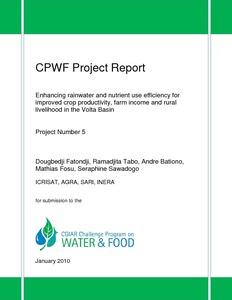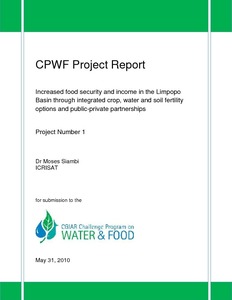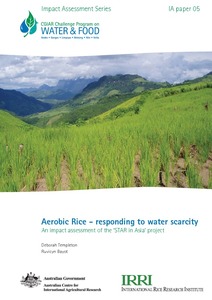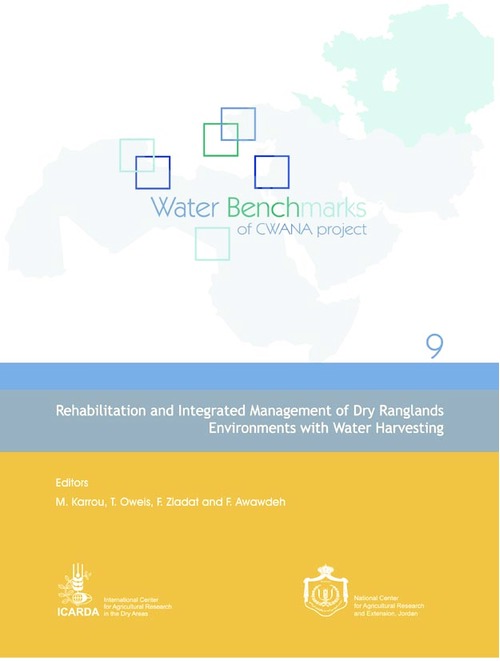Un gène «étanchéifiant» pourrait protéger le riz de la sécheresse
Les chercheurs de l’université de Californie font état d’une surprenante découverte: un gène qui «étanchéifie» les plants de riz les protège également de la sécheresse. Le gène Sub1a, naturellement présent dans certaines variétés à faible rendement, en Inde, a été découvert dans les années 1990 à l’Institut international de recherche sur le riz, aux Philippines.











